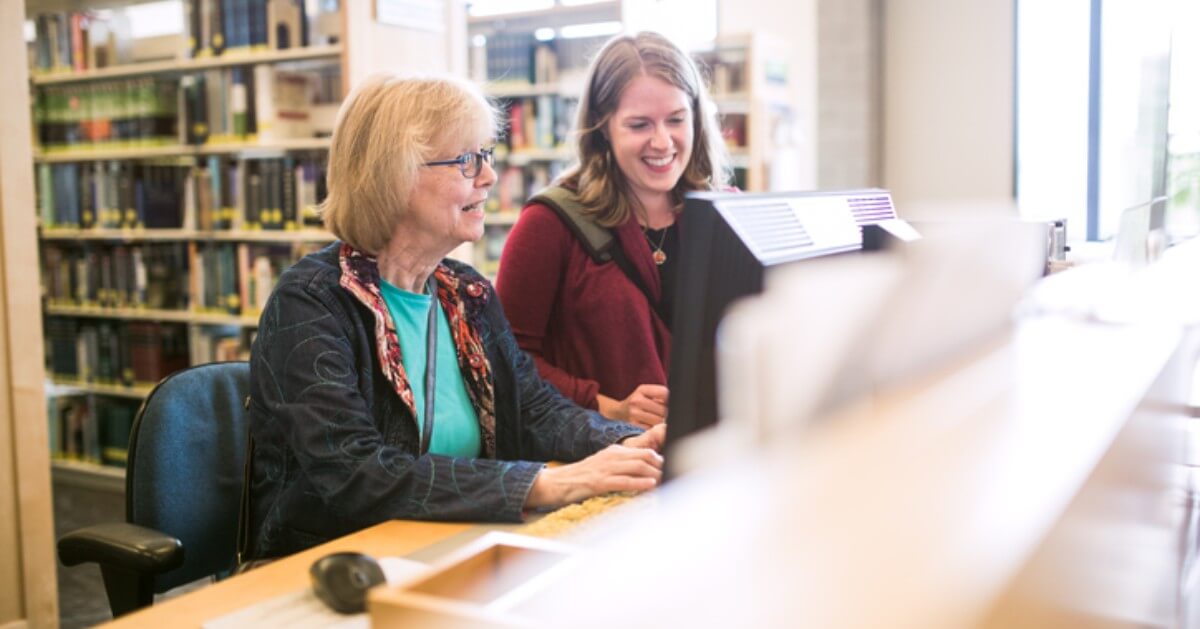Academic librarians know that today’s students and faculty are accustomed to seamless digital experiences in their everyday lives, from shopping to entertainment. They understand that delivering the same level of convenience and accessibility to library users elevates the library’s visibility and usefulness across the campus. The challenge comes in how to modernize and where to start to make the biggest impact.
A new white paper from Ex Libris, part of Clarivate, explores the path four libraries have taken in their quest to provide more powerful user experiences. The libraries share a common trait: they all use the Alma library management platform from Ex Libris, an integrated library system which gives them a leg up in simplifying some of libraries’ most time-intensive workflows. Using integrated resources like Leganto, Rialto, Rapido and a library mobile app in conjunction with the Primo, a library discovery service, the Hunt Library at Embry-Riddle Aeronautical University and the libraries at University of Salford, Washington State University and the University of Windsor have made significant improvements in user engagement, campus visibility and staff workflows.
“Library users are accustomed to modern technology platforms outside the library, and they expect the same level of simplicity and functionality,” said James Day, Assistant Director for Electronic Library Services at Embry-Riddle Aeronautical University. “We’re using Alma and Primo as the base from which we are building an integrated service.”
The genesis for changes at these libraries often began in the pandemic when Alma, a library management system simplified the sudden switch to all remote users. Librarians at these institutions pivoted to address specific challenges to reduce disruptions to learning, discovering that Alma made new conveniences easy to implement. Now, years later, the libraries are continuing the momentum of new services by building on their Alma/Primo foundation.
“[A] key thing that became really apparent when we moved online during the pandemic – a lot of our users didn’t have access to the equipment to join our online lectures,” said Angela Walker, Digital Library Manager, University of Salford. The library implemented a laptop lending program, which has now grown to 700 laptops that are available for pick-up in lockers around the campus. They’re recorded and reserved via Alma, and students access reservations via a library app. It’s just one of the ways the University of Salford library is building engagement with Alma plus an integrated library app.
The libraries showcased in the whitepaper are improving services by integrating them, implementing what Day calls a “one-stop focus.” The Hunt Library is bringing additional services into a unified environment, including the Rapido library resource sharing system. Completely integrated with the discovery interface, Rapido lets students borrow titles in two clicks on the library website and easily track delivery, improving transparency and reducing student stress.
The white paper closes with a recommendation from Walker for any library positioning itself as an integral part of institutional success: “As an institution, as a library service, everything that we do tails back to our university strategy. So, we need to make sure that when we are implementing solutions and systems that they are supporting the core pillars of that strategy – enabling our researchers and students to be successful – and connecting them with content, making things simple, removing the barriers for them to study and actually get through their degree or research project.”
Read more about the innovative strategies at the Hunt Library at Embry-Riddle Aeronautical University and the libraries at University of Salford, Washington State University and the University of Windsor. Download the free white paper here.
Explore more of what Ex Libris library software can offer you.









